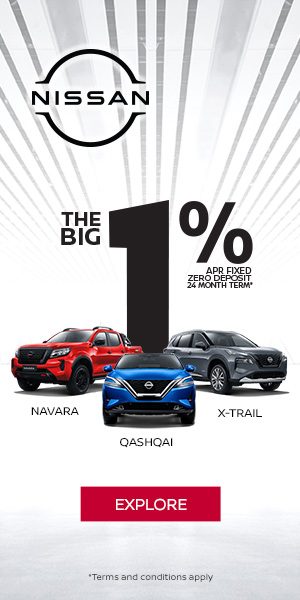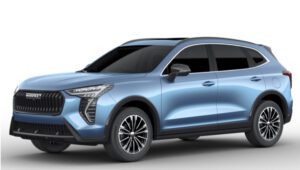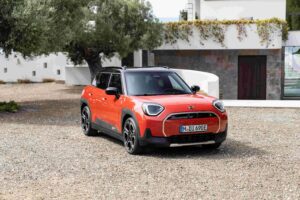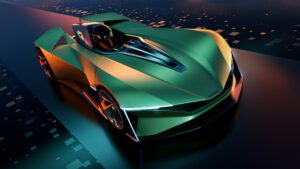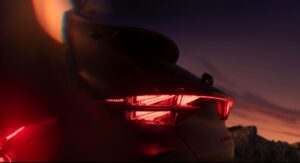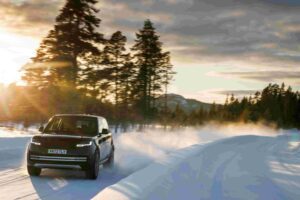In my quest to check every single NZ Great Walk off the list, I recently did a take two for the Whanganui Journey. Why take two, you ask? Last time I was there, a fallen tree cut our trip short after we hit it and broke our canoe, putting a six month break to our plans. But I’m not one to give up easily, just ask how long my project BMW has been off the road! Never mind, we’re here to talk about cars that actually move, so enter the steed for this time around, the new Nissan Qashqai.
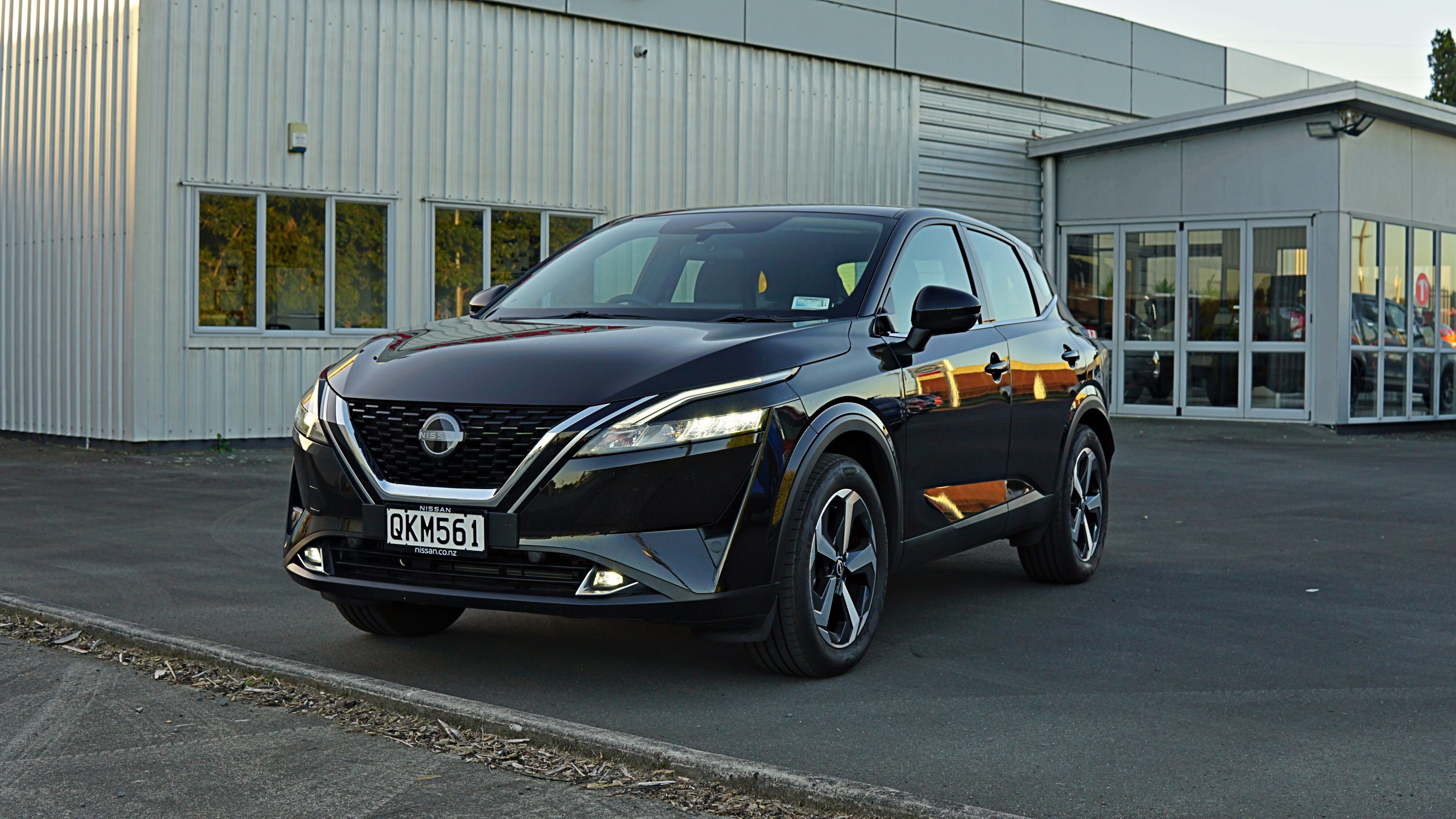
It was a car I knew very little about, as I had never been inside of any of its iterations. And I also wasn’t around when we had the new X-Trail, which won our Car of the Year Award, so the only one of Nissan’s more recent SUVs/Crossovers I had experienced was the Ariya. And that was probably for the best, because I walked in with little knowledge of the Qashqai, and heaps of curiosity.
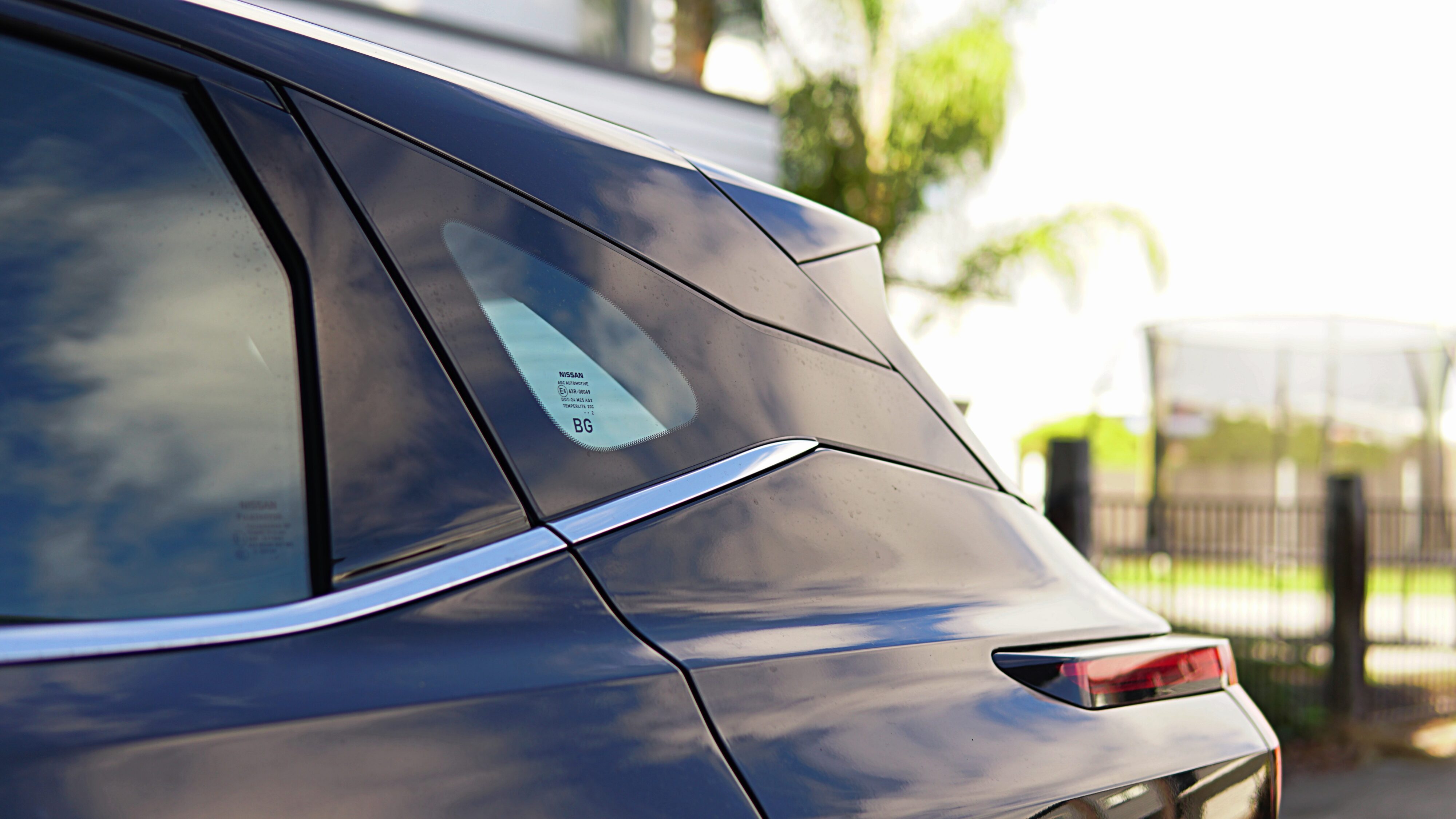
And I was going to be able to quench all that thirst, having the car for a few days with this trip in the itinerary. The Whanganui Journey is a 3 or 5 day ‘canoeing track’ (if that’s even a thing), and is the only Great Walk that’s not done on foot. We chose the 3-day version of it, which encompasses around 90km of paddling down the Whanganui River, camping on grounds or sleeping on DOC huts that have to be booked well in advance. The companies that operate this track will offer different packages, most of them involving accommodation before the track and transportation to the river and back. The one we picked is based on the small town of Owhango, with early departures from there straight to the riverbank. So once all of that was arranged, it was time to pick up our transportation.
In ST trim, the specific car I had is the second from the bottom on the lengthy trim list available in New Zealand. Different than the Ariya, the Qashqai is more subdued in its appearance, less polarising. It has beautiful creases that make for a modern design and a clear update over the previous generation, all while still flying under the radar and not getting in its own way. The Nissan visual identity can be seen everywhere, including the new logo and the segmented headlights. The lines play well with the dimensions of the car, not having to mask weird proportions nor trying to make it into a shape that it isn’t. It’s honest, unobtrusive and timeless design.
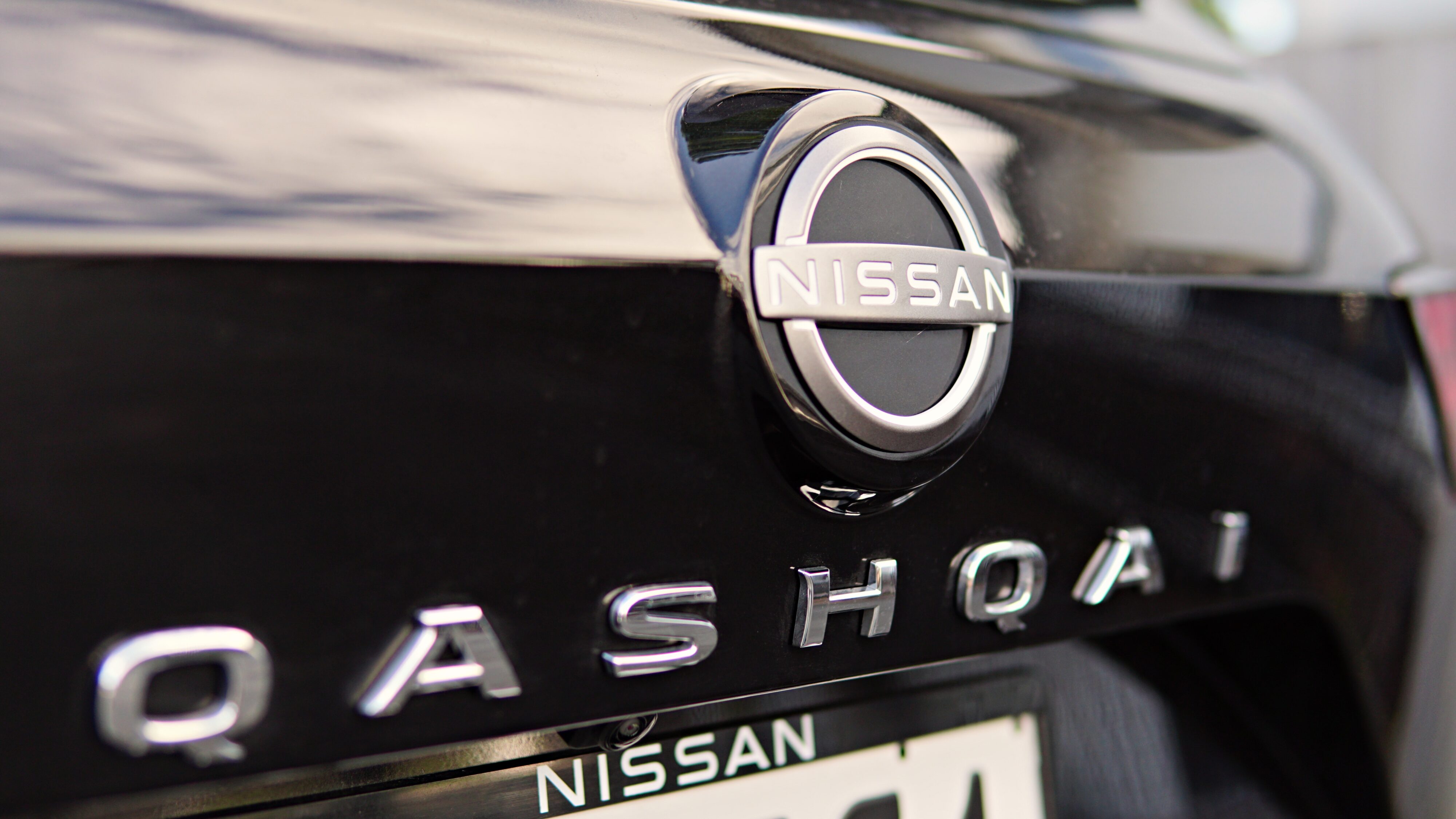
The interior also has a lot of things going for it. A handful of years ago, I had a Juke as a road trip car around Wales and Scotland, and I remember it being pretty cramped inside. I wasn’t sure whether it would be the same with the Qashqai, and I can now confirm it isn’t, especially considering this last generation is more than 5 inches longer than the first one. It feels snug up front, but in a good way – there is more than enough room, but I always felt armrests, knee pads, etc being close to me while I was driving.
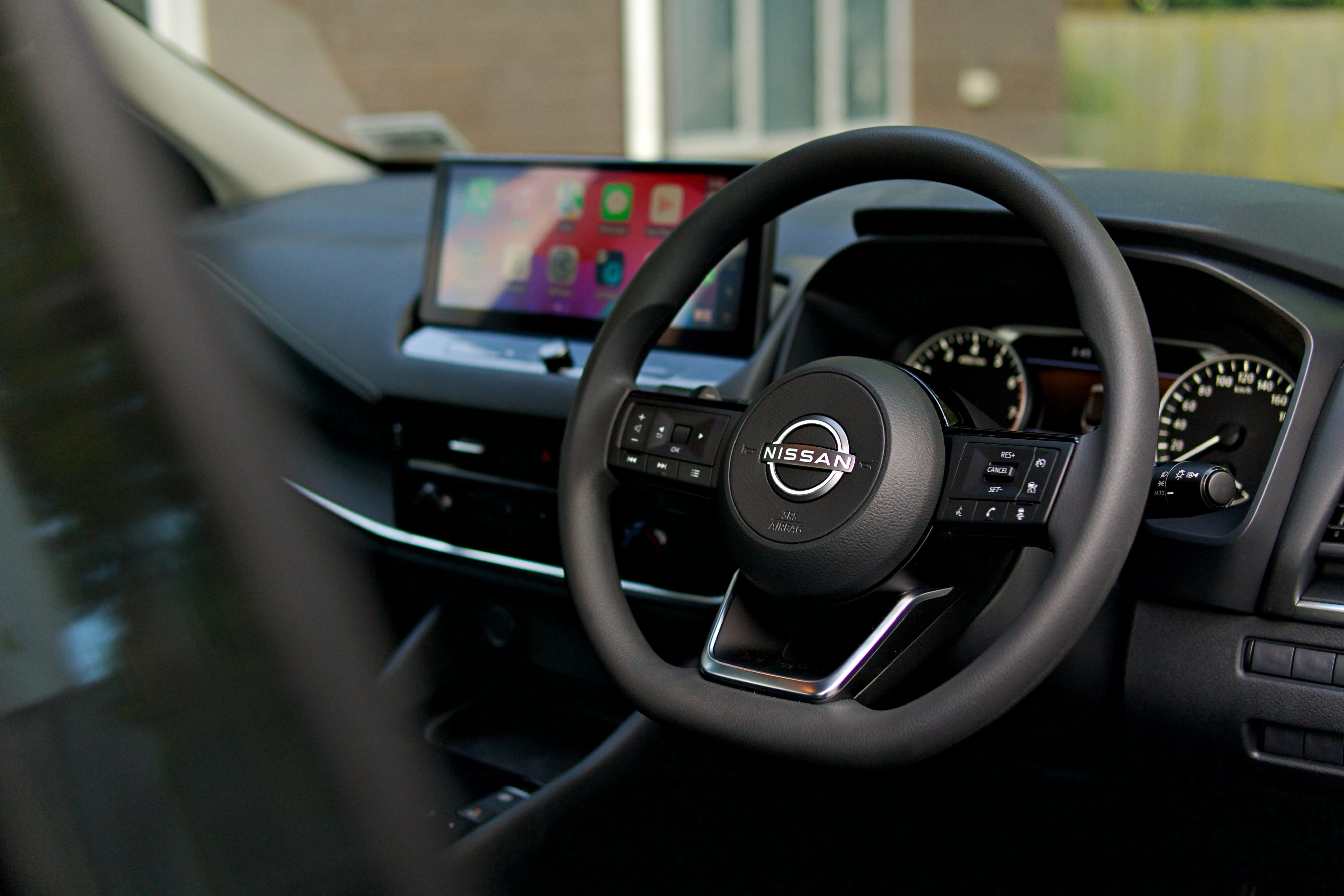
The ergonomics are another highlight of the Qashqai, they are just perfect. Journalistic good practice dictates I shouldn’t use blanket adjectives to evaluate something, so I’ll define it further: even with non-existent previous knowledge of the car, I instantly knew where every command was, I knew what every button did, and was happy with all the feedback they provided. There is absolutely nothing wrong with buttons and with not changing something that works this well, and it’s interesting to see how an old school approach can feel refreshing. More on that later.
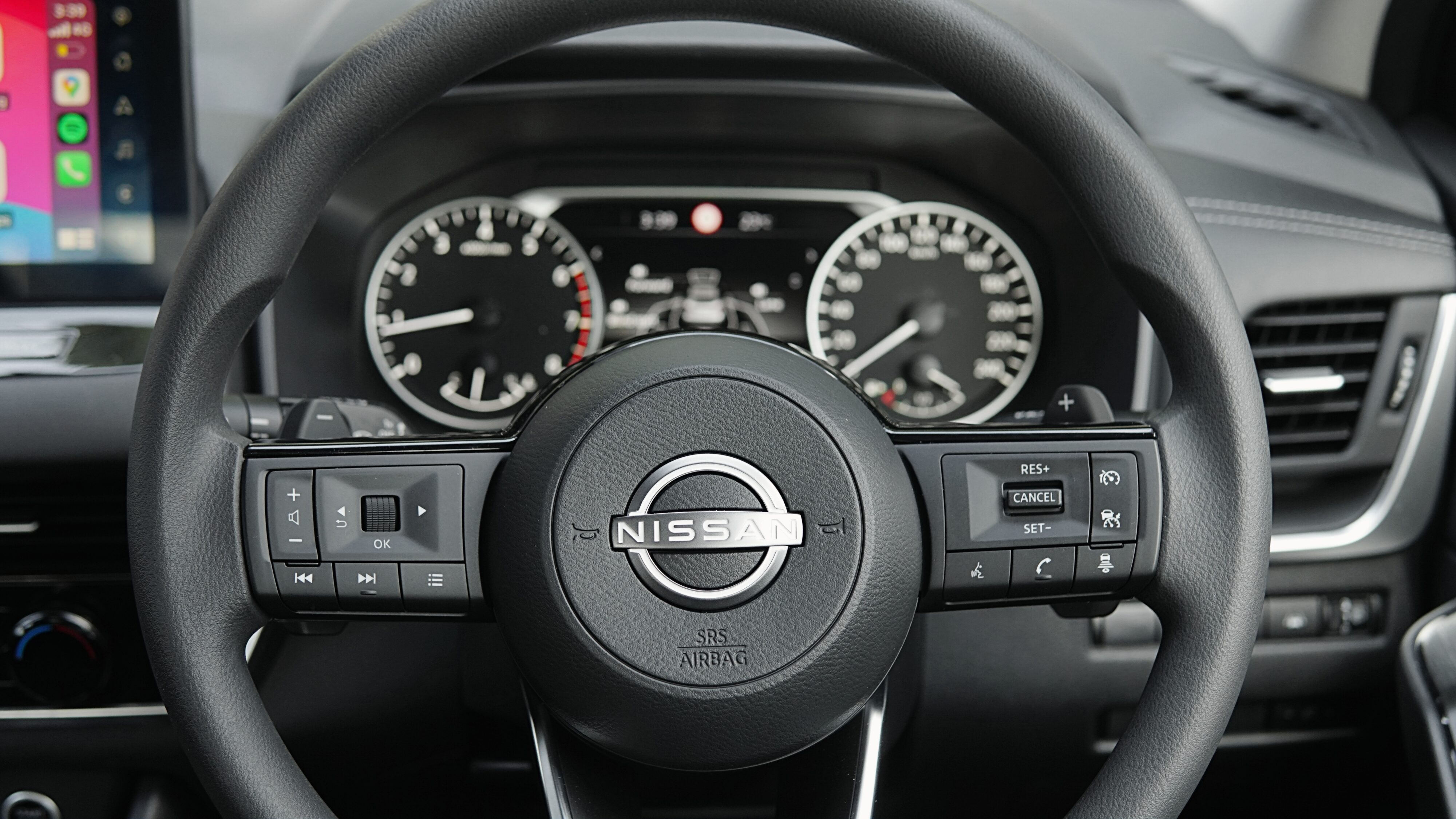
This being a family car, the rear seats are also a main point of consideration. It is not a posh space, but has the room you need, and the wide-opening doors will make loading a carseat or gear very easy. The trunk is adequate and fits the purpose of the car well enough, with easy loading and unloading and a very usable shape. More than enough for everything we had for a 4-day trip for a couple. Going up the spec list will get you a panoramic sunroof to spice up the rear seat experience, and a power tailgate to make loading goods easier and more convenient, so you can go wild ticking those boxes.
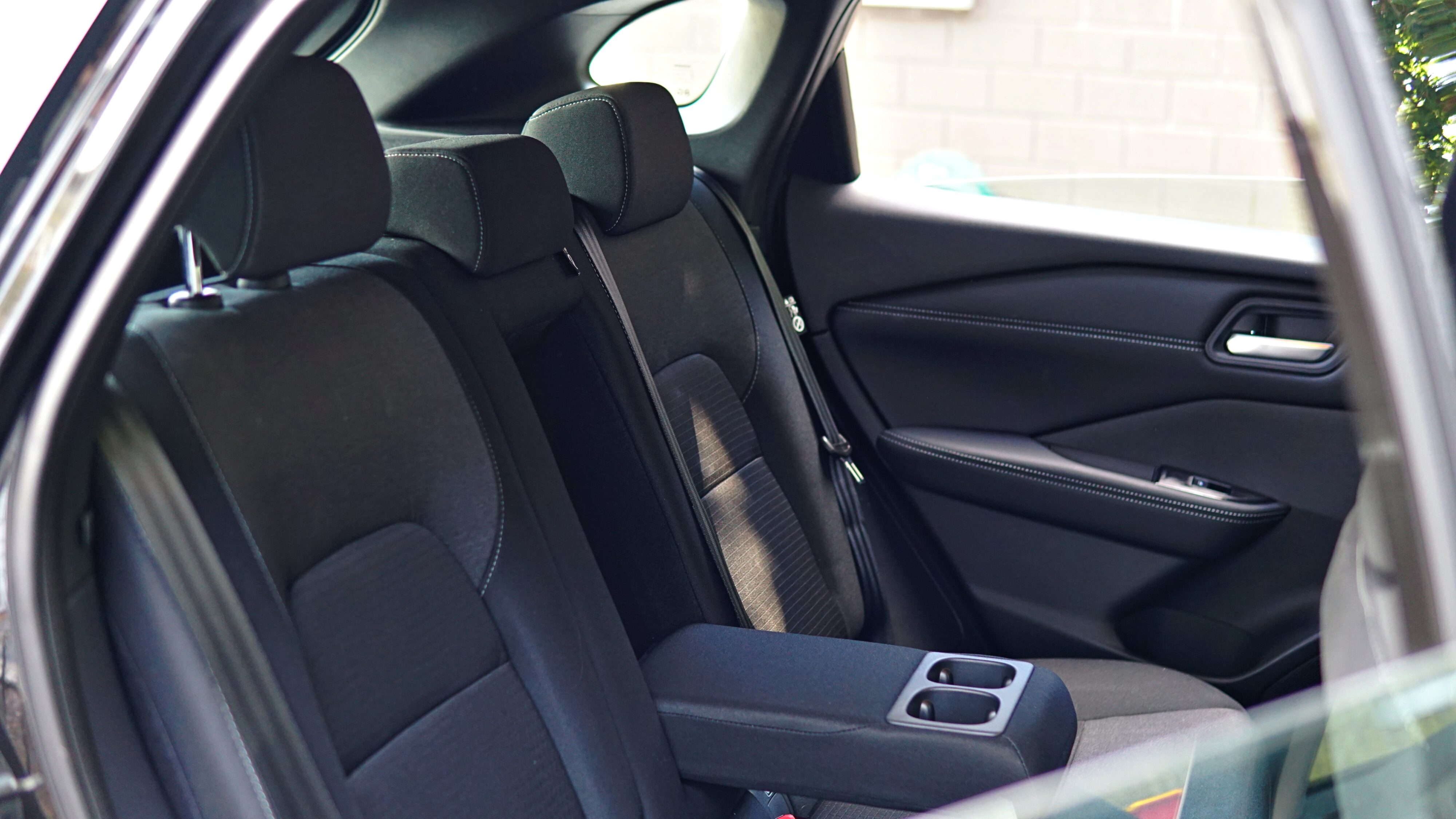
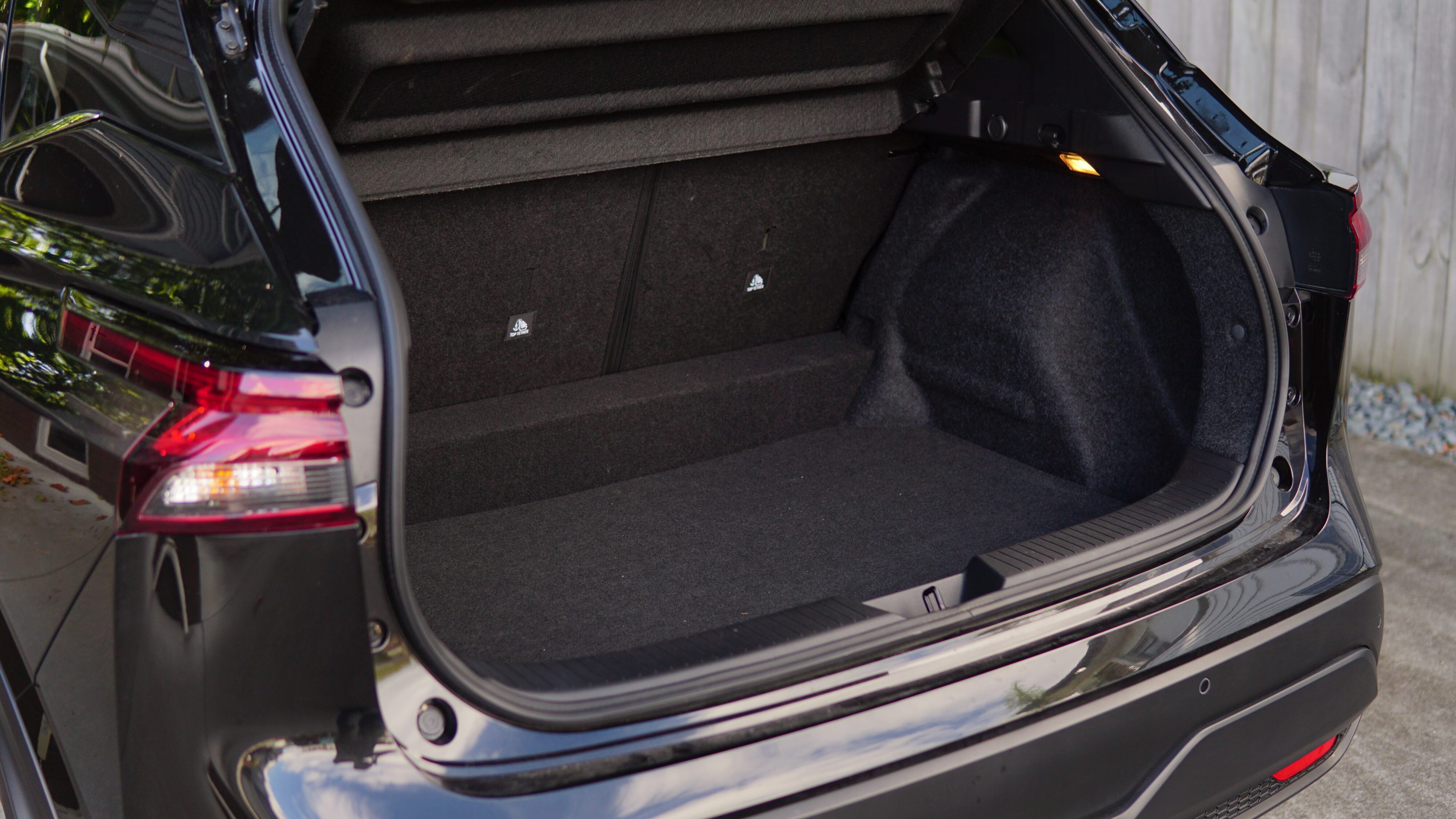
The first part of the drive down to Owhango, our destination for the night, was full of traffic, so I set for my destination and let assistance systems handle the rest. Automatic cruise control, which is available across the range, had its moments and decided to brake for nothing twice, making my wife question my driving skills, and we can’t have that. So it was back to regular old driving, and getting to explore a bit more of the drivetrain on tap. The downsizing trend caught up to the Qashqai, so gone are the naturally aspirated offerings in exchange for an 1.3L turbocharged 4 cylinder, which gives 110kW of power and 250Nm of torque. It is still not going to set your bum on fire, but the compressor gives it a bit more up and go, sipping 7L/100km consumption during my combined driving. There is also an e-Power powertrain, which uses a 1.5L turbocharged 3 cylinder engine as a generator for an electric motor, that will bring substantially more torque, shaving a second off the 0-100km/h sprint while still returning better efficiency.
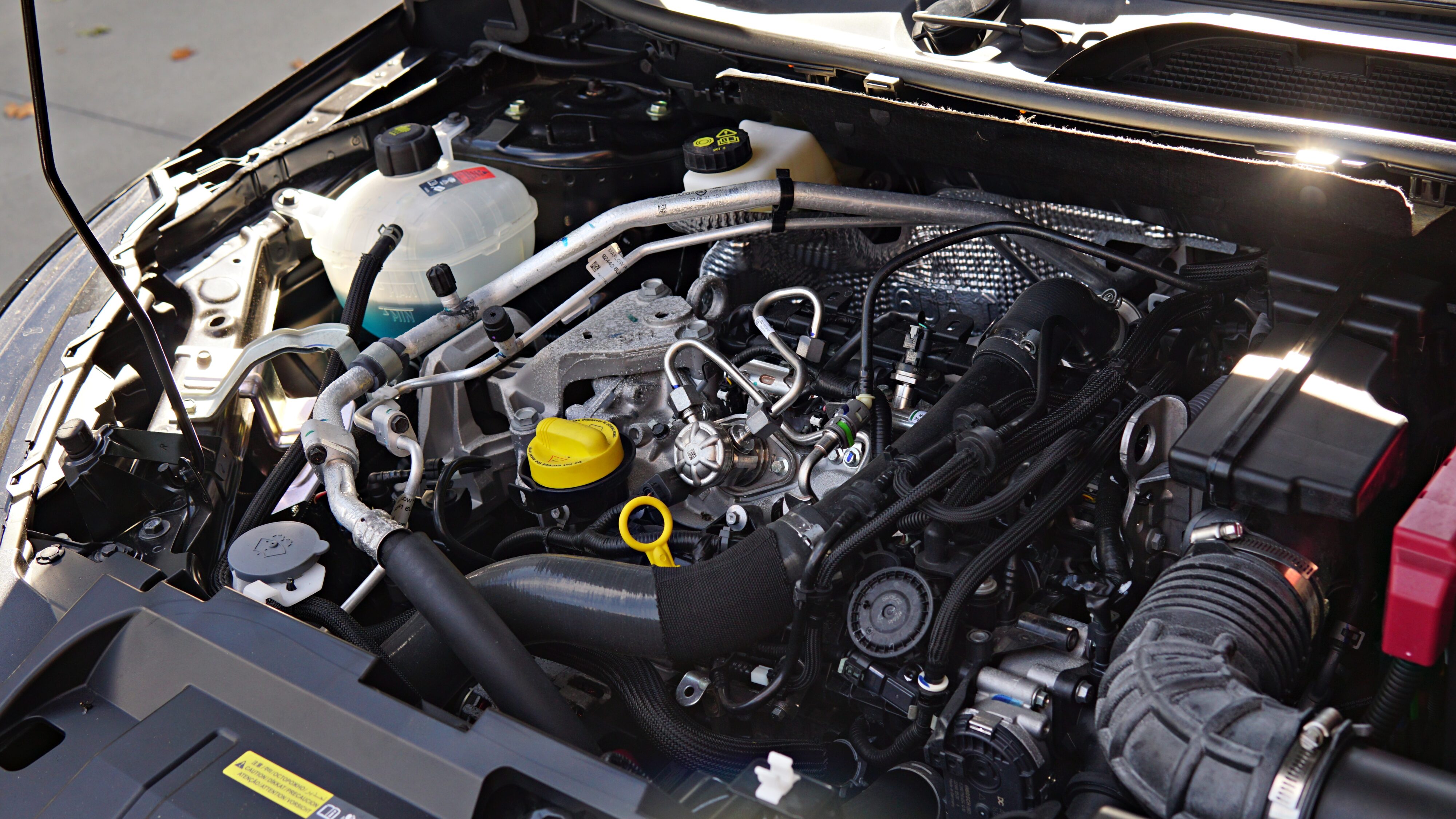
But the biggest powertrain surprise, for me, was the on gearbox front. Another staple of Nissan cars, the CVT has been their ever present choice in their non sporty cars. While inarguably one of the best choices for city life, they can sometimes fail to deliver on the engagement and feedback departments. Not here – it is extremely good, and I’m not exaggerating: it got quite a few people fooled into thinking this was a dual clutch. It simulates shifts between the 7 “gears” and even has a different than CVT-usual behaviour at take off, enough to leave those old preconceptions behind. It is indeed the best of both worlds: you get all the comfort and convenience during city driving, without the droning and rubber banding when going for a pass on the highway. If CVTs were like this from the get-go, people would never have had an issue with them.
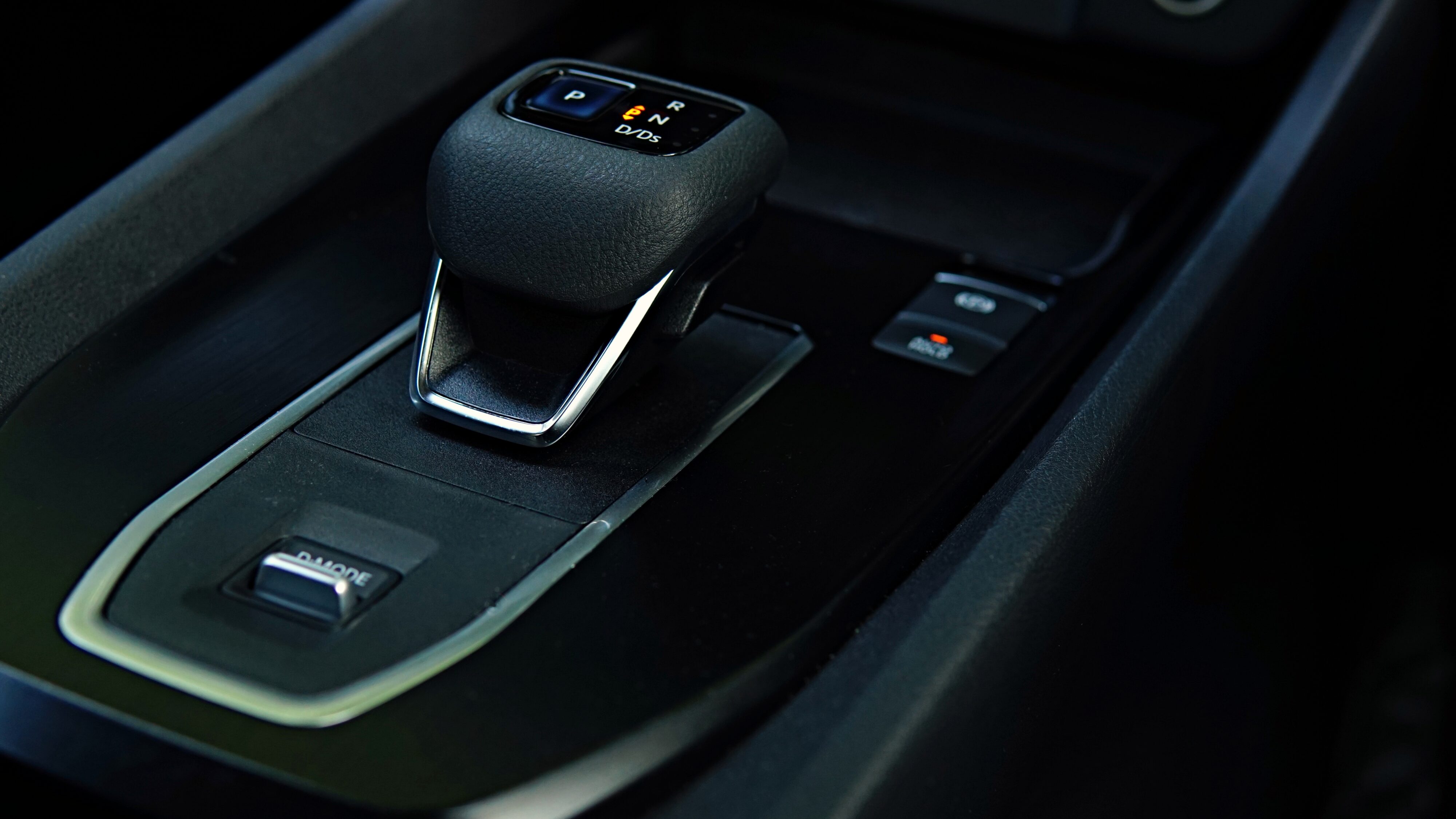
A few hours of driving later, we made our way into the accommodation with a very early start the next day. Before the sunrise, we were already on the bus, making our way to the river, with our barrels loaded with gear and ready to go. A quick refresher and a safety briefing out of the way, and onto the canoes we went. Almost 30km of paddling later, we reached John Coull Hut, our stop for the night. I’m usually a night owl (blame videogames and YouTube for that), but in days like these I like to go to sleep earlier to make the most out of the next day.
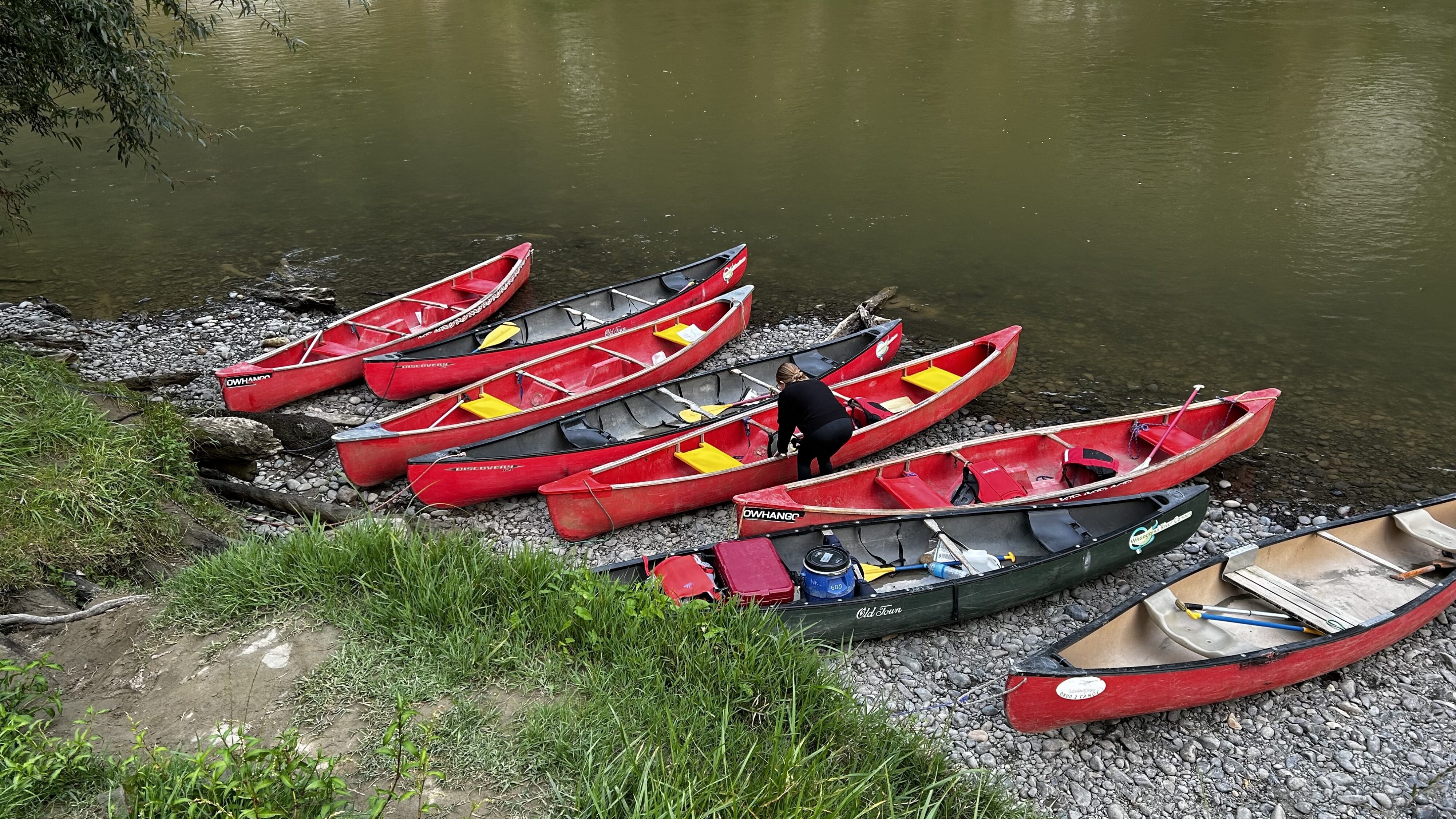
So that’s exactly what we did – by 7:30 the next morning, we were fed and washing our faces in the river, ready for the next 30km, departing from the hut and paddling down river. With a few stops to prepare our lunch, a bathroom break and some waterfall spotting, we kept progressing through the 130 rapids with skill and grace (or so I keep telling myself) and were ready for our next stop.
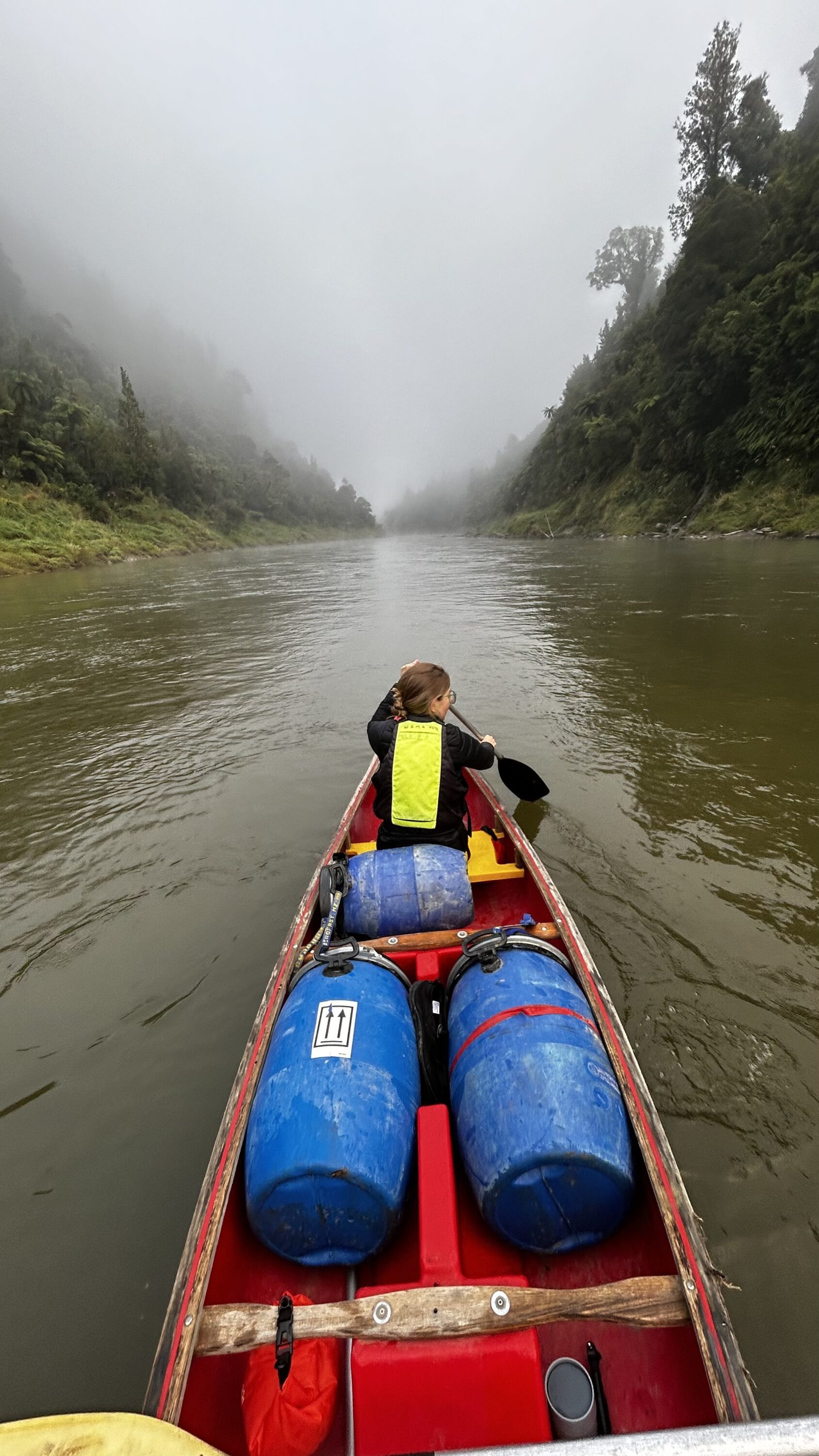
The third day was the most intense. The initial part of the is on a very calm part of the river, so the current is barely helping you – it’s hard work. And as it eventually speeds up, you have to be on your top game, because the other two days have been preparing you for the trickiest rapids of the track. One of the last ones is called Fifty-fifty, a mention to the ratio of canoes that capsize when traversing it. Gladly, our trauma-induced preparedness led us to finish the track dry, and ready for the bus trip back.
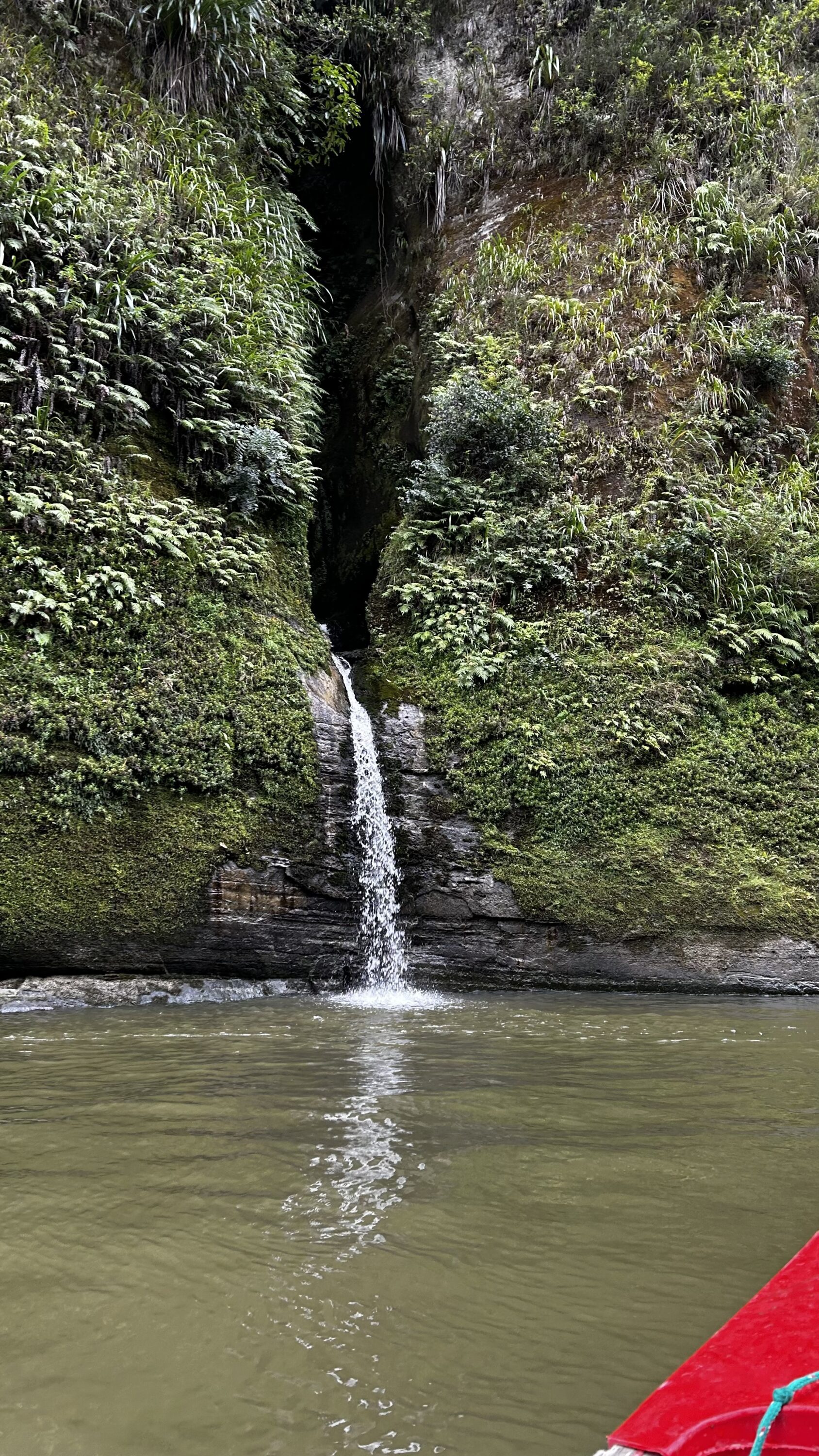
Needless to say, this was a way more enjoyable experience with the Whanganui Journey this time around, and now I am happy to recommend this to anyone looking for a change of pace over the “regular” walking tracks. We had an incredible time down the river and I could see myself braving the elements once again if given the opportunity. Maybe when we’re finished with the checklist and going for seconds!
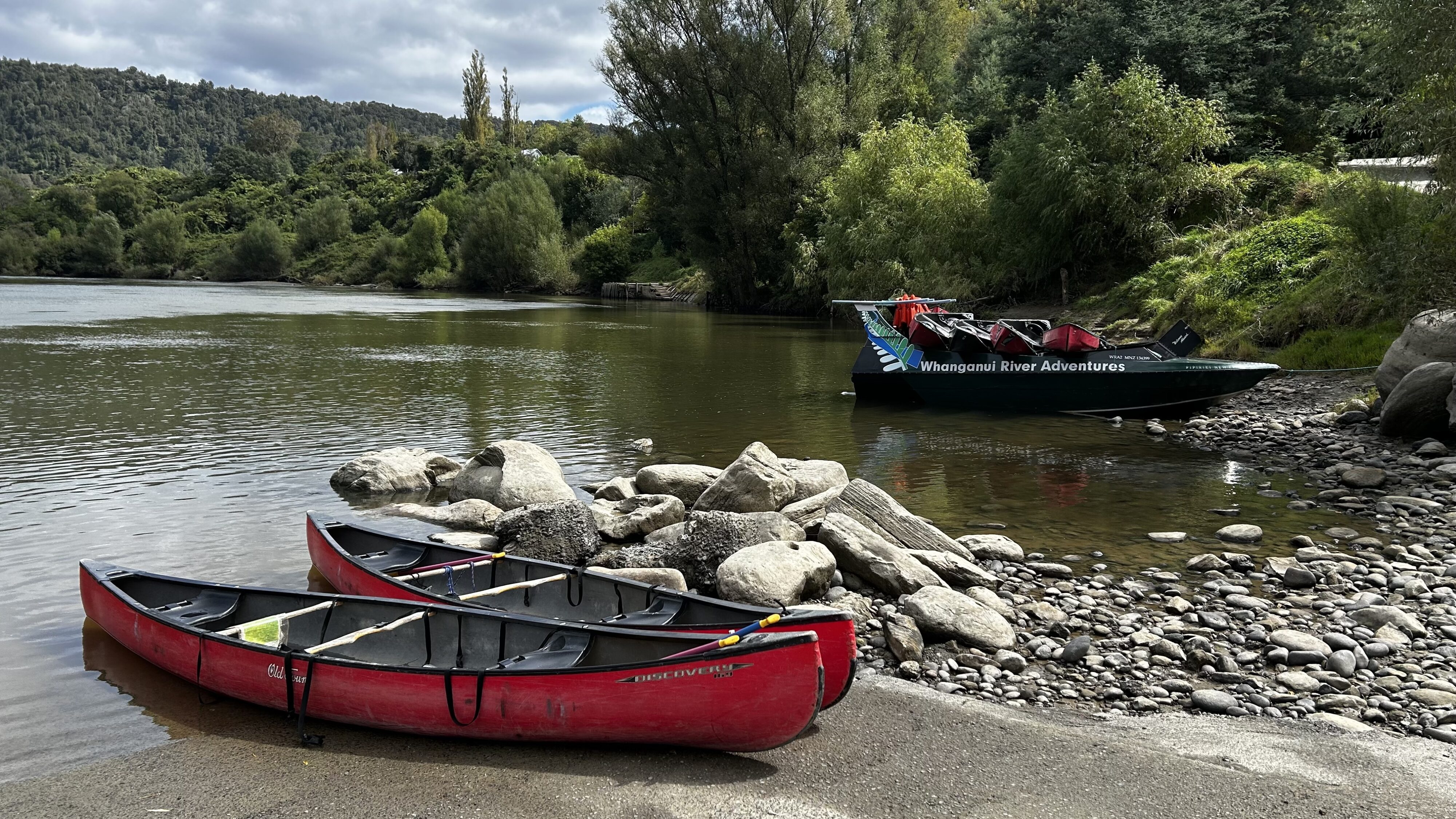
And with that, it was time to get back into the Qashqai for the drive back. In the B-road-like sections around the small towns, I got to explore a bit more of the dynamism of the car in Sport Mode. The weighted steering and the eagerness of the gearbox extract a bit more from the Qashqai, which is already a very competent driver. I’m sure it would potentially understeer if pushed beyond its limits, but until then it is very comfortable and composed, helped by the rear Multilink suspension architecture.
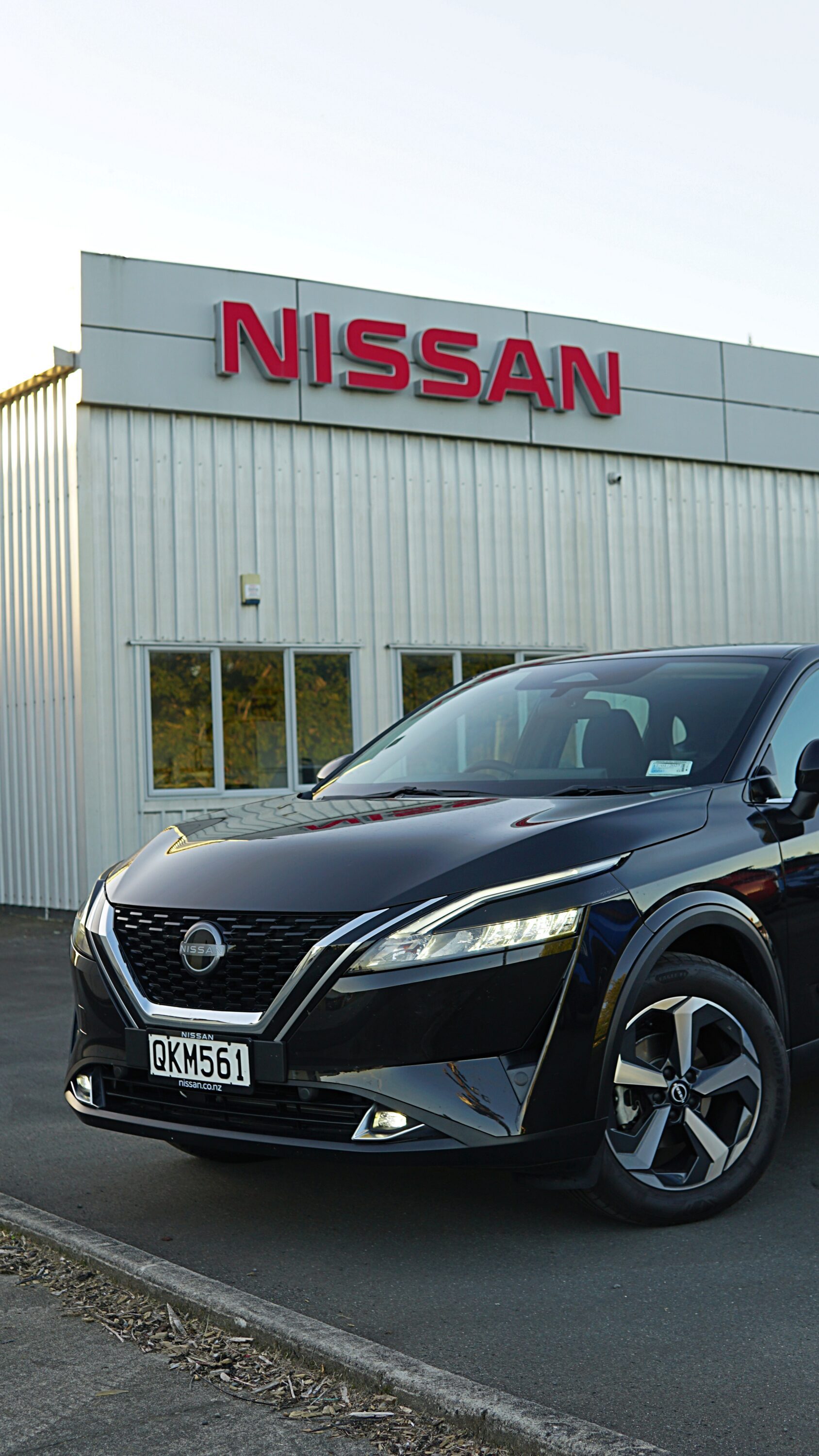
In terms of the technology on offer, this felt a bit more familiar with the Ariya than the design did, which is a high bar considering how much customisation there was in that system. The rearview camera takes advantage of the wide screen and makes manoeuvring very easy, and while this spec missed on the front sensors, the front camera helped quite a bit. The wing mirror cameras provided kerb support and the stitching of the whole 360 image is also more than satisfactory. You can create home screens using some limited widgets, but the wireless CarPlay and Android Auto available from this trim upwards took care of all tech needs.
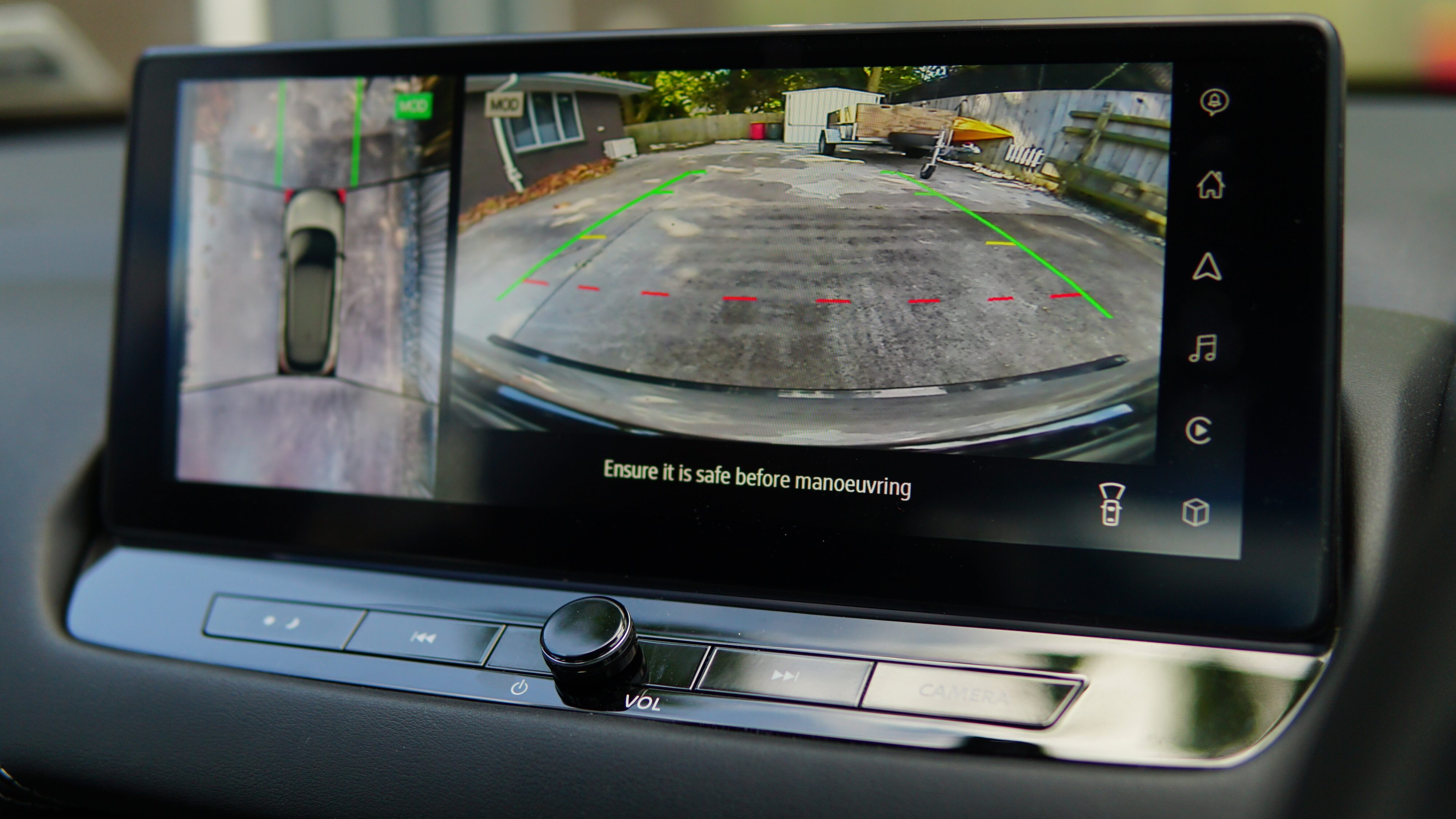
Nissan has always been famous for bringing old school charm to platforms that made sense and became fan favourites. The Qashqai might not be the usual suspect when you think of the latter, but it finds a great blend between a modern powertrain with tried and true ideas of interior packaging and ergonomics. The product planning team at Nissan did a great job at speccing the different trims available, so there will be an option for every budget. While the price might climb almost 50% from base to line-topping, all the option packages make sense and it’s easy to justify climbing the ladder, especially for an option-junkie like myself.
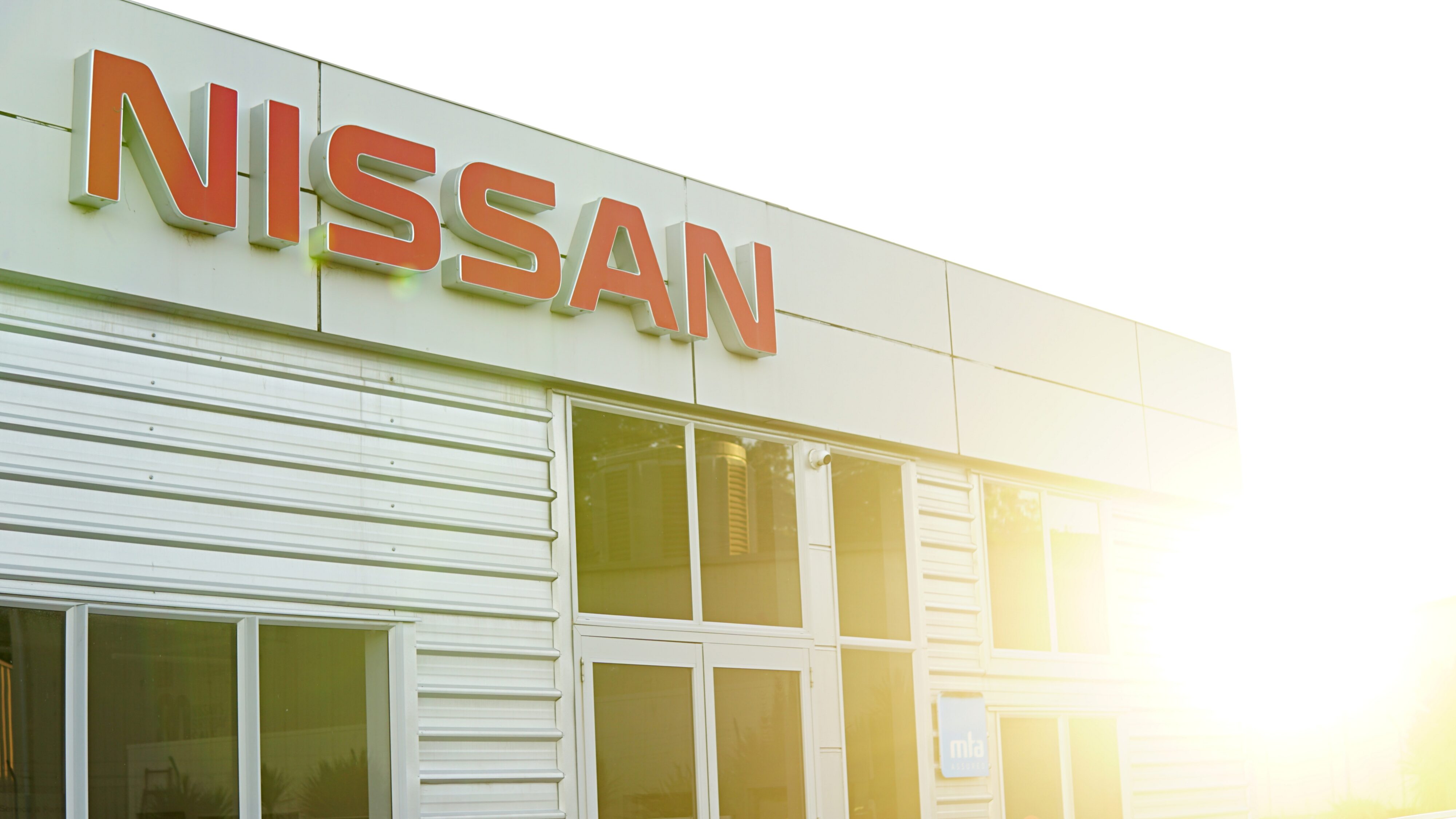
Thanks, Nissan, for the opportunity!

